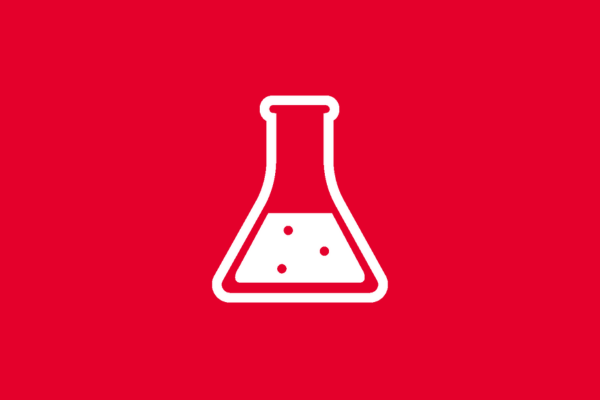1. Basic concepts. The importance of hydrology and distribution. The development of hydrology. The emergence of water. Hydrosphere and its components. Distribution of water on Earth. The occurrence of water on Earth.
2. River Basin. Rainfall-runoff process in the basin. The hydrological cycle. Hydrological balance. Balance equations.
3. atmospheric moisture. Fumes. Precipitation (formation of a species, extreme rainfall, precipitation measurements, surface and temporal distribution of precipitation.).
4. Watercourses. River network (classification essential characteristics). Water conditions and their observations. Flow measurement. Specific flow curve.
5. Lines fifth frequency and flow duration curves. Impacts to surface runoff. Maximum flow rates. Minimum flows.
6. frequency and flow duration curves. Impacts to surface runoff. Maximum flow rates. Minimum flows. Winter flow regime and ice phenomena. Floods.
7. Water tank. Purpose of reservoirs and their distribution. River Basin reservoirs, determine the maximum amount of runoff. Dams. Thermal and chemical stratification. The movements of water masses.
8. Subsurface water. Groundwater. Hydrological balance of groundwater quality and its evaluation. Underground drainage component. Overview of methods for determining the underground effluent constituents.
9. Pedogenesis (pedogenetic factors - the mother substrate, climate, organisms, topography, groundwater, human activity, the effect of time), partial pedogenetic processes - weathering, soil humus, peat, translocation and accumulation).
10. Physical properties of soil (soil texture, soil porosity, soil water, soil air, soil thermal regime). Soil Chemistry and agrochemical soil properties.
11. Systematics and classification of soils (soil profile and characteristics of soil horizons). Soil types.
12. Soil Fertility. Soil Fund. Agricultural soil improvement.
13. Hydropedology: Characteristics of soil water. Category soil water. The potential of soil water. Classification systems of soil water. Measurement of soil moisture. Thermodynamics of soil water.
14. Water regime of soil (hydropedological basic balance equations, sources of water in the soil, evapotranspiration, soil water regime types, hydrologic function of soil types). Influence of drainage on land. Effect of irrigation on soil.
2. River Basin. Rainfall-runoff process in the basin. The hydrological cycle. Hydrological balance. Balance equations.
3. atmospheric moisture. Fumes. Precipitation (formation of a species, extreme rainfall, precipitation measurements, surface and temporal distribution of precipitation.).
4. Watercourses. River network (classification essential characteristics). Water conditions and their observations. Flow measurement. Specific flow curve.
5. Lines fifth frequency and flow duration curves. Impacts to surface runoff. Maximum flow rates. Minimum flows.
6. frequency and flow duration curves. Impacts to surface runoff. Maximum flow rates. Minimum flows. Winter flow regime and ice phenomena. Floods.
7. Water tank. Purpose of reservoirs and their distribution. River Basin reservoirs, determine the maximum amount of runoff. Dams. Thermal and chemical stratification. The movements of water masses.
8. Subsurface water. Groundwater. Hydrological balance of groundwater quality and its evaluation. Underground drainage component. Overview of methods for determining the underground effluent constituents.
9. Pedogenesis (pedogenetic factors - the mother substrate, climate, organisms, topography, groundwater, human activity, the effect of time), partial pedogenetic processes - weathering, soil humus, peat, translocation and accumulation).
10. Physical properties of soil (soil texture, soil porosity, soil water, soil air, soil thermal regime). Soil Chemistry and agrochemical soil properties.
11. Systematics and classification of soils (soil profile and characteristics of soil horizons). Soil types.
12. Soil Fertility. Soil Fund. Agricultural soil improvement.
13. Hydropedology: Characteristics of soil water. Category soil water. The potential of soil water. Classification systems of soil water. Measurement of soil moisture. Thermodynamics of soil water.
14. Water regime of soil (hydropedological basic balance equations, sources of water in the soil, evapotranspiration, soil water regime types, hydrologic function of soil types). Influence of drainage on land. Effect of irrigation on soil.
